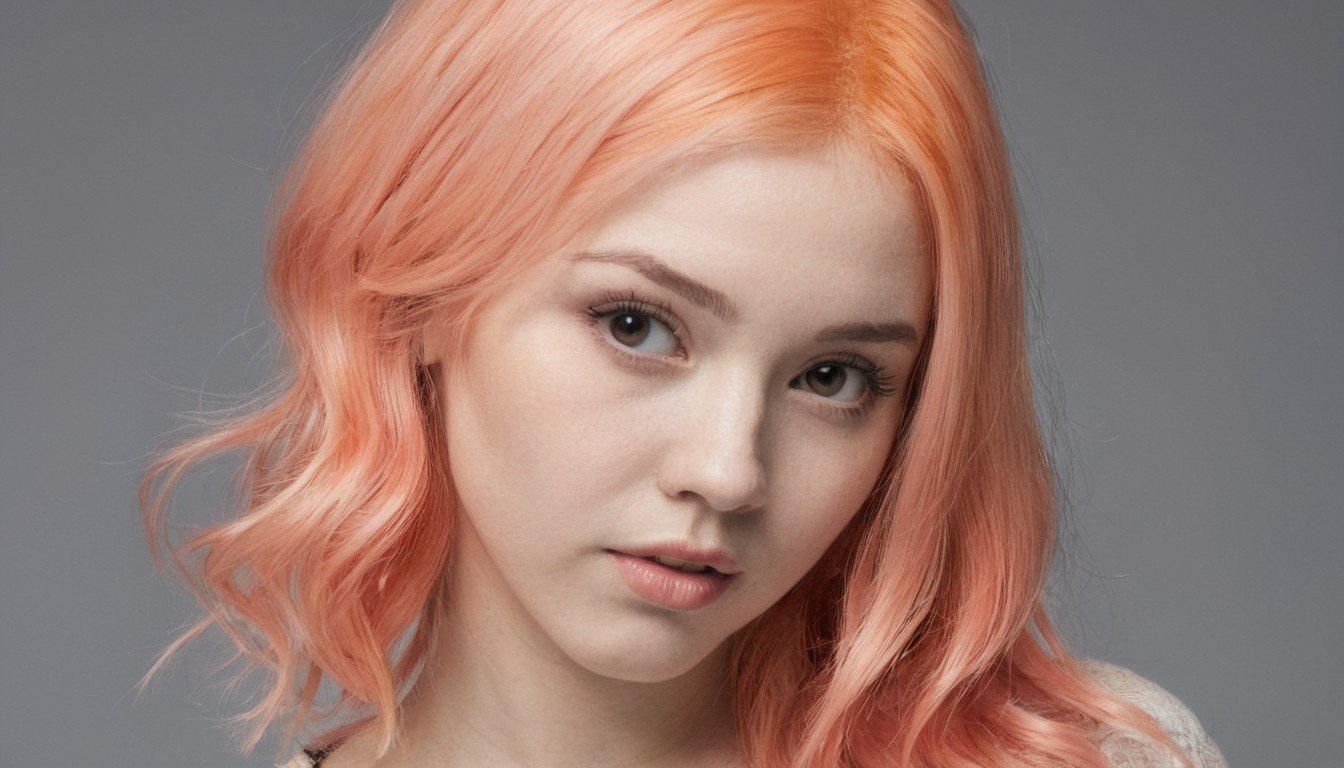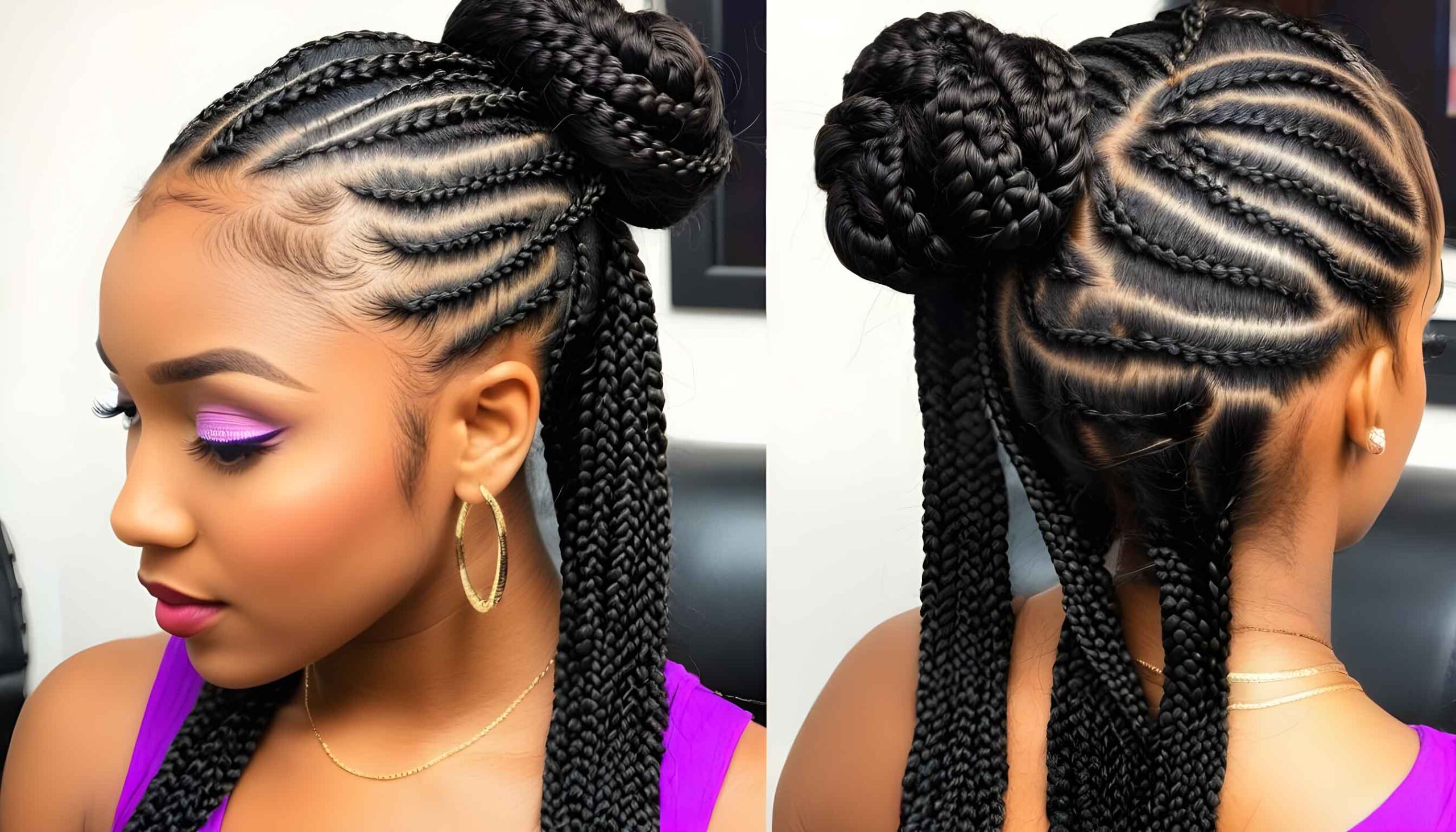Disconnected Layers in Long Hair: How to Style and Cut Them
Disconnected layers in long hair have become a popular way to remove bulk and add movement to long hair. By cutting layers shorter through the top and crown while leaving length in the bottom, it creates a cascading effect when styled. In this guide, we’ll explore everything about cutting and styling disconnected layers for long hair.
What are Disconnected Layers?
Disconnected layers, also called unblended layers, are a type of layered haircut where the layers are cut shorter through the top and sides while leaving length in the bottom. This creates “disconnection” between the layers, rather than subtly blending them.
Key characteristics:
- Shorter layers cut through top sections
- Lower layers left longer near bottom
- Creates drastic changes in length
- Adds movement and shape
- Removes bulk from heavy long hair
Disconnected layers work best on long to extra long hair, as shorter hair won’t achieve the drama and flow. Let’s look at techniques for cutting them.
How to Cut Disconnected Layers
Cutting disconnected layers requires precision. Here are tips:
Start with cleanly washed hair
Layers are easier to see on freshly shampooed, tangle-free hair. Blow hair out straight to cut.
Section out the top
Isolate the top third of hair up to the crown and clip away the bottom section.
Determine shortest layer
Decide on the shortest layer – usually around chin length looks nice.
Cut into the top section
Cut the top section into short layers that gradually increase in length toward the bottom of the section.
Repeat both sides
Repeat on other side to match the layer lengths. The top layers should mirror each other.
Leave bottom section long
Drop down the bottom section and leave these layers longer, at least a few inches longer than the top layers.
Blend slightly into nape
Feather-blend the very bottom to taper into the nape for a soft finish.
Double check length
Examine from all angles to ensure the layers are complementary but disconnected.
When styled, the shorter top layers will cascade over the longer bottom for beautiful movement and shape.
Best Face Shapes for Disconnected Layers
Disconnected layers are versatile for many face shapes when cut properly:
Oval faces
The balance of an oval flatters disconnected layers nicely. Avoid angles that are too short.
Round faces
Layers add structure to soften roundness. Angle top layers to slenderize face.
Heart faces
Shorter layers at the jawline minimize wide forehead. Longer bottom gives balance.
Square faces
Layers soften the strong jaw. Add volume at temples to narrow lower face.
When in doubt, long swooping layers work well on most face shapes. Consult your stylist about the ideal angles for your features.
How to Style Disconnected Layers
The key to making disconnected layers move beautifully is all in the styling.
Air dry hair
Letting hair air dry naturally enhances the disconnected look as layers curl and wave differently.
Use volumizing products
Mousse, salt spray, or volumizing powder help plump layers so they don’t fall flat.
Flip head upside down
Bend forward and let hair fall upside down. Scrunch in layers using your hands.
Diffuse dry
Diffuse hair upside down to boost volume and separation between layers.
Finger style and tousle
Break up sections and tousle with fingers to bring out the texture.
Finish with dry texture spray
Finish with a mist of dry texture or sea salt spray for lots of piecey texture.
Don’t overbrush! Let those shorter layers fall forward naturally over the bottom.
Long Layered Haircut Styles
There are endless gorgeous long hairstyles that feature disconnected layering:
Long shag
Choppy disconnected layers create the effortless shag look. Piecy and tousled.
Curtain bangs
Pair with wispy long bangs to frame the face. Drapes beautifully.
Boho waves
Defined S-waves show off layers. Add beachy texture.
Layered lob
Collarbone-grazing disconnected lob. Length in front, shortness in back.
Face-framing highlights
Strategic highlights accentuate key face-framing pieces. Dimensional.
Layered ponytail
Pull into a voluminous high or low pony. Sections cascade down.
Mix and match! Add bangs, color, waves, braids or updos. Have fun and switch it up.
FAQs About Disconnected Layers in Long Hair
Are disconnected layers suitable for thin hair?
Yes, thinning hair can benefit from strategic layering to remove bulk and create fullness. Avoid over-layering very fine hair or it may look too wispy.
How often should disconnected layers be trimmed?
Get a trim every 8-12 weeks to maintain the precision of the layers as hair grows out. Book regularly with your stylist.
What face shapes do disconnected layers best flatter?
Most face shapes can pull them off, but oval, heart, and round faces tend to be most complemented by the cascading angles. Ask your stylist for personal recommendations.
How short can you go with disconnected layers?
Very long hair looks best, as short pieces need adequate length underneath for the dramatic effect. Chin-length is the shortest recommended for top layers.
Should layers be angled or straight across?
Either technique works, but angling the layers creates more movement and a swept look as pieces seamlessly blend together on the ends.
How do you style second day disconnected hair?
Refresh styles with some dry shampoo at the roots and ends for grip. Scrunch in texture spray or mousse and diffuse upside down. Finger tousle.
Can fine hair hold disconnected layers?
Yes, but avoid taking layers too short. Use volumizing product and styling techniques to support fine hair. Minimal layering prevents them falling flat.
Do disconnected layers work on curly hair?
Absolutely! The drastic length changes enhance and define curls beautifully. Embrace natural texture and allow layers to curl freely after washing.
Should layers be cut wet or dry?
Dry cutting allows the stylist to see the hair’s natural fall, shape, and texture for precision. It’s crucial for getting the layers right.
How often should you trim disconnect layers?
Get a trim every 8-12 weeks to maintain the precision shape. The shorter pieces at the top and sides will grow out fastest. See your stylist regularly.
Conclusion
disconnected layers in long hair to move beautifully and lose bulk through strategically cutting layers shorter in the top while leaving length underneath. The contrast creates gorgeous dimension, movement, and shape when styled right. Work with an experienced stylist to determine the perfect lengths and angles to flatter your face shape and hair texture. Embrace this versatile cut to give long hair new life.
Frequently Asked Questions About disconnected layers in long hair
What are disconnected layers?
Disconnected layers are a haircut where the top layers are cut shorter and the bottom layers are left longer. This creates a disconnected look between the lengths rather than blending subtly. The result is movement, shape and removal of bulk in long hair.
Do disconnected layers work for thin hair?
Yes, disconnected layers can make thin hair appear fuller by removing excess bulk. Avoid over-layering very fine hair. Add volume at the roots and crown to support wispy ends.
What’s the best way to style disconnected layers?
Let hair air dry, use volumizing products, flip head over, and scrunch layers before diffusing upside down. Break up sections with fingers. Finish with texture spray. Avoid excessive brushing.
What face shapes do disconnected layers flatter?
Most shapes can pull them off, but oval, heart, and round faces tend to look best. The layers soften sharp angles while adding shape to round faces. Ask your stylist for recommendations.
How short can you cut the top disconnected layers?
Don’t go too short or the look may get overly wispy. Chin-length is a good rule of thumb for the shortest top layers. Keep length underneath to balance the shortness up top.
Should disconnected layers be cut straight across or angled?
Either works, but slightly angling the layers creates more movement, dimension, and a soft, swept look as the pieces blend together. Consult your stylist.
How often should you trim disconnected layered hair?
Get regular trims every 8-12 weeks to maintain the precision as the top layers grow out quickly. See your stylist frequently to retain the intended shape.
Can curly hair wear disconnected layers?
Yes, disconnected layers remove bulk and enhance definition of curls beautifully. Allow texture to curl freely and embrace the natural movement. Avoid over-layering to prevent frizz.
Is it better to cut disconnected layers wet or dry?
Dry cutting allows the stylist to see the hair’s natural texture and fall. This helps achieve precision, which is crucial for disconnected layers to look right.
How do you refresh disconnected layers in long hair on second-day hair?
Use dry shampoo at the roots for volume, scrunch in texture spray or mousse, diffuse hair upside down. Break up pieces with fingers. Avoid over-brushing the layers.
What are good long hairstyles with disconnected layers in long hair?
Try a long shag, curtain bangs, mermaid waves, layered lobs, highlighted face-framers, braids, layered ponytails, and more. Mix and match to create new looks.




